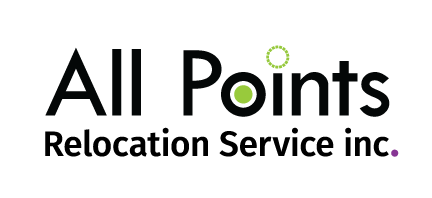There’s a fantasy circulating in political circles right now that slapping enough tariffs on foreign goods will magically bring back an age of domestic prosperity—as if steel mills and textile factories will rise from the grave and middle-class jobs will follow. But here’s the hard truth: America can no longer make a basic T-shirt at scale. The skills, infrastructure, and labor cost alignment simply aren’t there. And as for high-tech goods? It’s been proven that if Apple were to manufacture an iPhone entirely in the United States, it would cost $3,500—a price tag no consumer would accept. And yes it was the supra-genius-apologist-in-charge, Howard Lutnick who stated: “”The army of millions and millions of human beings screwing in little screws to make iPhones—that kind of thing is going to come to America.” Those are the jobs American wants? Americans don’t want to pick lettuce. They don’t want to screw in tiny screws, and by the way, you know they are getting robots to do that don’t you? Seriously stupid.
These are not the jobs we want to bring back. We shouldn’t aspire to recreate a low-margin, high-labor-cost economy that can’t compete globally. Instead, we need to build something better—and we need to educate our workforce to do it.
That’s why the only kind of reshoring that matters now is smart reshoring. Focused not on nostalgia, but on sectors that marry advanced technology, rising domestic demand, and good, non-precarious employment.
Here are three areas where reshoring actually makes sense—for both the U.S. and Canada (and Canadian politicians and business people should pay attention):
1. Advanced Robotics and Automation Equipment
We shouldn’t be trying to bring back every factory job that automation made obsolete. We should be building the robots that are replacing those jobs worldwide. Right now, China, Japan, and Germany dominate this sector. If the U.S. or Canada invested in becoming a global hub for automation technology, we’d be exporting to the rest of the industrial world.
This also requires a serious investment in education. Not in PhDs, but in technicians, coders, mechatronics specialists—people who can maintain, install, and calibrate the machines that will power the next wave of manufacturing.
2. Modular Construction and Prefab Housing
North America is facing a housing crisis. Modular and prefabricated construction is the fastest, most cost-effective way to build housing at scale. Yet much of the prefab supply chain—including cabinetry, paneling, and pre-fab modules—still comes from overseas.
We should be reshoring this to regions with space, logistics infrastructure, and a labor force ready to retrain. This is not 1950s construction. It’s precision assembly, and it requires technical skills that can be taught in a 6-month to 2-year vocational program.
3. Medical Device Assembly and Custom Prosthetics
The aging population isn’t a future problem. It’s a current one. There’s already demand for precision-made prosthetics, medical sensors, orthotics, and home diagnostic tools. These aren’t easily offshored if production is tied to individual patients or rapidly changing tech.
North America should be a hub for custom medical device manufacturing. These jobs can pay well, involve pride in purpose, and benefit from partnerships between teaching hospitals and applied technology programs.
But education is the hinge.
None of this works if we don’t fix the skills gap. America’s educational outcomes in math, science, and trades are falling behind other developed countries. Canada, too, has been slow to adopt apprenticeship-forward models like Germany’s, which match students early to practical training pipelines.
If we want to create a resilient economy, we need to build a generation of mid-skilled professionals. People who don’t need a university degree to get a job with a future.
Where does relocation fit into this?
Simple: the companies that will lead these reshoring efforts will need expertise to get off the ground. And that expertise often isn’t local.
We need to attract global leaders in robotics, prefab, and medtech to help scale these industries—whether they’re coming from Germany, South Korea, or Scandinavia. Canada is especially well positioned right now. It has the space, the stability, the education capacity, and the political openness to welcome these leaders. In contrast, the U.S. is currently perceived by many as riskier—politically, legally, and socially.
Relocation isn’t just about moving people. It’s about enabling transformation.
So Canada, you may slag Trudeau for being overly aggressive on temporary permits (and he was dumb not to have a housing plan and a health plan for that kind of expansion), but the biggest problem was the abuse of the student program. Flash forward a little while and, as of March, the hot rental prices of Toronto (-6.9%; 14 consecutive months of declines), Vancouver (-5.7%), Calgary (-7.8%) and Montreal (-4.0%) have all come down year over year, because markets are cooler. Our economy remains anemic with threats from the south taking more air out of our economy. I do not mind saying that temporary foreign workers, with their skills, and their ideas, are the right spur to our economy, and can launch economies of the future. Our next leader needs to understand that.

